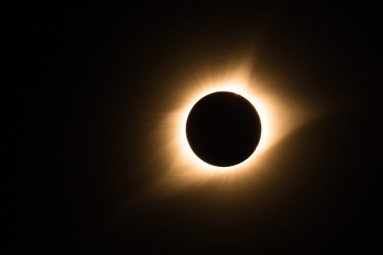Scientists revealed that fossils in the northern America suggested that two new Dinosaurs species with horns did habitat in these places
Scientists at the Cleveland Museum of Natural History in Ohio have discovered two new herbivorous Dinosaurs. The scientists noted that these Dino’s had horns and must have lived Late Cretaceous period between 75 to 83 million years ago. The findings were disclosed at a press meet on Tuesday in Canada. The species were identified as two horned dinosaurs belonging to the Leptoceratopsidae horned dinosaur family. The new species were the Unescopceratops koppelhusae and Gryphoceratops morrisoni, revealed the scientists. The details were updated in the online issue of the journal Cretaceous Research, published in the Jan. 24, 2012
"These dinosaurs fill important gaps in the evolutionary history of small-bodied horned dinosaurs that lack the large horns and frills of relatives like Triceratops from North America," said Michael Ryan, Ph.D., curator of vertebrate paleontology at The Cleveland Museum of Natural History, lead author on the research. "Although horned dinosaurs originated in Asia, our analysis suggests that leptoceratopsids radiated to North America and diversified here, since the new species, Gryphoceratops, is the earliest record of the group on this continent."
Unescopceratops koppelhusae, which lived approximately 75 million years ago, is measured about one to two meters (3.2 to 6.5 feet) in length and weighed less than 91 kilograms (200 pounds). It had a short frill extending from behind its head but did not have ornamentation on its skull, according to the museum. The dinosaur had a parrot-like beak and its teeth were lower and rounder than those of other leptoceratopsid. In addition, its hatchet-shaped jaw had a distinct portion of bone that projected below the jaw like a small chin.
The other dinosaur, Gryphoceratops morrisoni, lived approximately 83 million years ago and had a shorter and deeper jaw shape than any other leptoceratopsid. The first fossils of the dinosaur were discovered in 1950 in southern Alberta, and researchers believe the dinosaur did not exceed 1.5 meter (4.9 feet) in length, making it the smallest adult-sized horned dinosaur in North America and one of the smallest plant-eating dinosaurs ever discovered.(With inputs from internet- AarKay)








